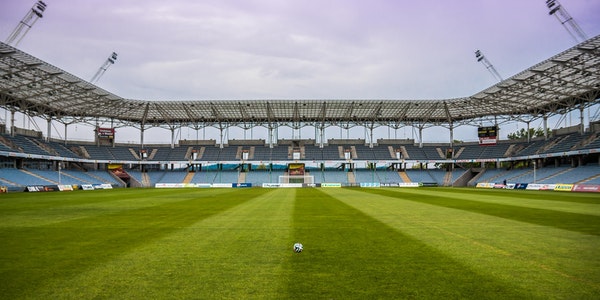(V) Conclusion
LED sports lighting significantly enhances mood and motivation by providing optimal and adjustable illumination that supports athletes’ psychological and physiological needs. These benefits lead to improved player performance, better team dynamics, and a more engaging training and competition environment. As sports venues continue to adopt advanced LED lighting systems, the positive impact on mood and motivation becomes increasingly evident, establishing LEDs as a crucial element in modern sports lighting solutions.
V. Safety Improvements
A. Reduced Risk of Injuries
1. Enhanced visibility of playing surface and obstacles
(I) Introduction to Visibility in Sports
Definition:
Visibility: The clarity and ability to see the playing surface, obstacles, and other players clearly.
Importance: Crucial for player performance, safety, and the overall quality of the game.
Importance in Sports:
Clear visibility allows players to perform at their best, making accurate decisions and reducing the risk of injuries.
Proper lighting ensures that officials can make accurate calls and spectators can enjoy the game fully.
(II) Role of LED Lighting in Enhancing Visibility
Consistent and Optimal Illumination:
Uniform Light Distribution: LED lights provide even illumination across the entire playing field, eliminating shadows and dark spots that can obscure vision.
High Luminous Efficacy: LEDs produce a high level of brightness with less energy consumption, ensuring that the playing surface is well-lit.
Superior Color Rendering Index (CRI):
Accurate Color Representation: LEDs with high CRI provide better color accuracy, helping players distinguish between the ball, teammates, opponents, and the playing surface.
Enhanced Contrast: Improved color rendering increases contrast, making it easier to see markings on the field and detect obstacles.
Reduced Glare and Flicker:
Anti-Glare Technology: Modern LED fixtures are designed to minimize glare, which can distract players and reduce visibility.
Flicker-Free Operation: LEDs operate without flicker, providing a stable light source that reduces eye strain and enhances visual comfort.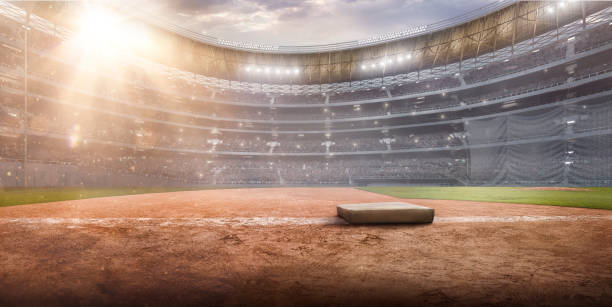 (III) Practical Applications and Benefits
(III) Practical Applications and Benefits
Player Performance and Safety:
Improved Surface Visibility: Players can see the entire playing surface clearly, allowing for better spatial awareness and movement.
Obstacle Detection: Enhanced visibility helps players detect and avoid obstacles, reducing the risk of trips and falls.
Officiating and Spectator Experience:
Accurate Officiating: Clear visibility of the playing surface and players enables officials to make more accurate calls, ensuring fair play.
Enhanced Viewing Experience: Spectators benefit from better visibility, both in the stadium and on broadcasts, making the game more enjoyable and engaging.
Training and Development:
Effective Practice Conditions: Consistent and high-quality lighting during training sessions helps athletes practice more effectively, improving their skills and performance.
Visual Training: Enhanced visibility supports visual training exercises, aiding athletes in developing better hand-eye coordination and spatial awareness.
(IV) Supporting Studies and Evidence
Research Findings:
Studies have shown that LED lighting improves visibility compared to traditional lighting systems, leading to better performance and safety outcomes in sports settings.
Research on visual perception under different lighting conditions highlights the advantages of LEDs in providing clearer, more consistent illumination.
Case Studies:
Professional Sports Venues: Many professional sports venues have reported significant improvements in visibility and overall game quality after upgrading to LED lighting systems.
Athlete Feedback: Athletes frequently mention the improved visibility and reduced glare provided by LED lighting, which helps them perform better and feel safer on the field.
(V) Conclusion
LED sports lighting greatly enhances the visibility of the playing surface and obstacles by providing consistent, high-quality illumination with superior color rendering, reduced glare, and flicker-free operation. These benefits lead to improved player performance, increased safety, and a more enjoyable experience for officials and spectators. As sports venues continue to adopt advanced LED lighting systems, the positive impact on visibility and overall game quality becomes increasingly evident, making LEDs the preferred choice for modern sports lighting solutions.
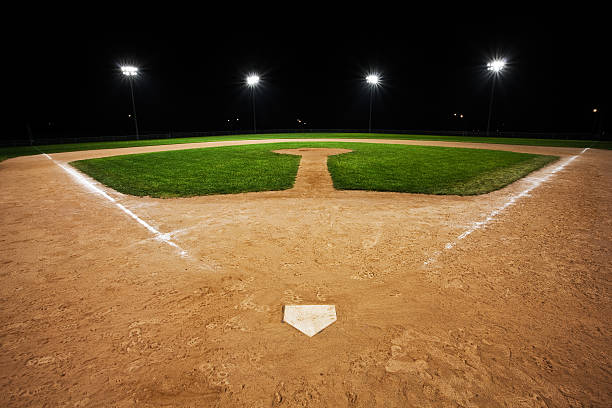 2. Better lighting for practice sessions and evening games
2. Better lighting for practice sessions and evening games
(I) Introduction to Practice Sessions and Evening Games
Definition:
Practice Sessions: Regular training activities where athletes work on skill development, strategy implementation, and physical conditioning.
Evening Games: Competitive matches or events held during the evening, requiring artificial lighting to ensure optimal playing conditions.
Importance of Optimal Lighting:
Effective lighting is crucial for maximizing the quality of practice sessions and ensuring fair play and safety during evening games.
Proper lighting conditions enhance visibility, reduce eye strain, and create an environment conducive to peak athletic performance.
(II) Role of LED Lighting in Enhancing Practice Sessions and Evening Games
Consistent and Optimal Illumination:
Uniform Lighting: LED lights provide even and consistent illumination across the entire playing field, eliminating shadows and ensuring that all areas are well-lit.
High Luminous Efficiency: LEDs deliver bright and effective lighting with lower energy consumption, ensuring that practice sessions and games are well-lit without excessive energy costs.
Superior Color Rendering Index (CRI):
Accurate Color Representation: LEDs with a high CRI ensure that colors are rendered accurately, which is essential for identifying teammates, opponents, and markings on the field.
Enhanced Visual Acuity: Improved color rendering helps players see the ball and other critical elements more clearly, enhancing performance and reducing errors.
Reduced Glare and Flicker:
Anti-Glare Design: Modern LED fixtures are designed to minimize glare, which can distract players and reduce visibility, particularly during fast-paced actions.
Flicker-Free Operation: LEDs provide a steady light source without flicker, reducing eye strain and enhancing visual comfort during extended periods of play.
(III) Benefits for Practice Sessions
Improved Training Quality:
Enhanced Focus and Concentration: Uniform and bright lighting helps athletes maintain focus and concentration, leading to more effective practice sessions.
Better Skill Development: Clear visibility of the playing surface and training aids allows athletes to practice skills more accurately and develop better techniques.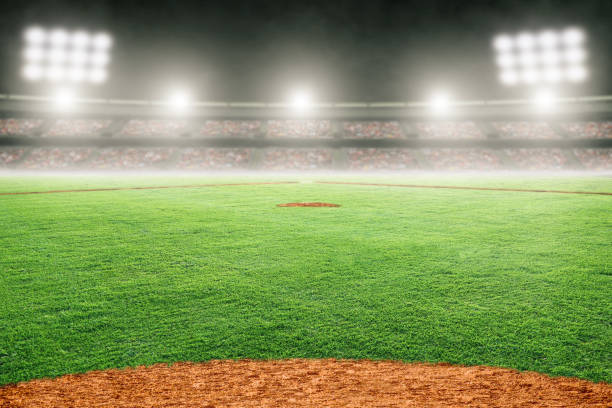 Extended Training Hours:
Extended Training Hours:
Flexible Scheduling: High-quality LED lighting allows for practice sessions to be scheduled during early mornings or late evenings, providing more flexibility for teams and coaches.
Increased Practice Time: With reliable lighting, teams can extend their practice sessions beyond daylight hours, maximizing training opportunities.
(IV) Benefits for Evening Games
Enhanced Game Quality:
Optimal Playing Conditions: Bright and uniform lighting ensures that evening games are played under optimal conditions, allowing athletes to perform at their best.
Improved Visibility for All: Enhanced visibility benefits players, officials, and spectators, ensuring a fair and enjoyable experience for everyone involved.
Safety and Fair Play:
Accurate Officiating: Clear and consistent lighting helps officials make accurate calls, reducing the risk of errors and ensuring fair play.
Player Safety: Well-lit playing fields reduce the risk of injuries caused by poor visibility, such as trips, falls, and collisions.
(V) Supporting Studies and Evidence
Research Findings:
Studies have shown that LED lighting improves visibility and reduces eye strain compared to traditional lighting systems, leading to better performance and safety during practice sessions and evening games.
Research on the impact of lighting on athletic performance highlights the advantages of LEDs in providing consistent and optimal illumination, supporting better outcomes for athletes.
Case Studies:
Professional Sports Venues: Numerous professional sports venues have reported significant improvements in practice and game quality after upgrading to LED lighting systems.
Athlete Testimonials: Athletes often report enhanced visibility and reduced glare with LED lighting, leading to better practice and game experiences, particularly during evening events.
- Conclusion
LED sports lighting offers significant benefits for practice sessions and evening games by providing consistent, high-quality illumination with superior color rendering, reduced glare, and flicker-free operation. These advantages lead to improved training quality, enhanced game conditions, and increased safety for players and officials. As sports venues continue to adopt advanced LED lighting systems, the positive impact on practice sessions and evening games becomes increasingly evident, establishing LEDs as the preferred choice for modern sports lighting solutions.
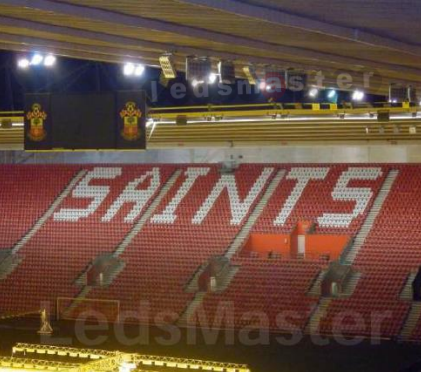 B. Emergency Situations
B. Emergency Situations
1. Better illumination for evacuation and emergency responses
(I) Introduction to Emergency Lighting in Sports Venues
Definition:
Emergency Lighting: Specialized lighting designed to operate when the main power supply is interrupted, ensuring visibility during evacuations and emergency situations.
Importance: Critical for ensuring the safety and efficient evacuation of players, staff, and spectators during emergencies.
Importance of Optimal Emergency Lighting:
Effective emergency lighting provides clear visibility, reduces panic, and facilitates safe and orderly evacuations.
Proper lighting helps emergency responders perform their duties efficiently and ensures that all areas of a venue are accessible and visible.
(II) Role of LED Lighting in Enhancing Emergency Responses
Consistent and Reliable Illumination:
Immediate Activation: LED emergency lighting systems activate instantly when a power outage or emergency occurs, providing immediate illumination.
Uniform Light Distribution: LEDs offer even illumination across all areas, eliminating shadows and ensuring that exit routes and emergency paths are clearly visible.
Energy Efficiency and Longevity:
Low Energy Consumption: LEDs consume less power, making them ideal for battery-operated emergency lighting systems that need to last for extended periods.
Durability and Longevity: LED lights have a longer lifespan and are more durable than traditional lighting, reducing maintenance needs and ensuring reliable performance during emergencies.
Superior Performance in Various Conditions:
High Luminous Efficiency: LEDs produce bright light with less power, ensuring that critical areas are well-lit even in power outage situations.
Resilience to Temperature and Weather Variations: LED lights perform well in various environmental conditions, ensuring reliability during outdoor events and in varying weather.
(III) Benefits for Evacuation and Emergency Responses
Enhanced Safety and Efficiency:
Clear Visibility of Exits and Pathways: Bright and uniform LED lighting ensures that all exit routes and emergency pathways are clearly visible, facilitating safe and efficient evacuations.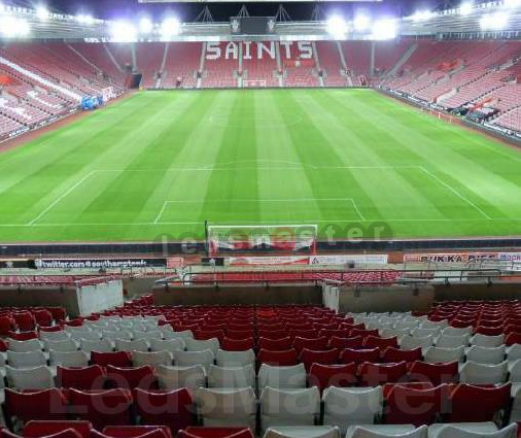 Reduced Panic and Confusion: Proper illumination helps reduce panic by providing a clear view of surroundings, which is essential in maintaining order during emergencies.
Reduced Panic and Confusion: Proper illumination helps reduce panic by providing a clear view of surroundings, which is essential in maintaining order during emergencies.
Support for Emergency Responders:
Better Operational Efficiency: Well-lit environments allow emergency responders to navigate the venue quickly and efficiently, improving their ability to provide assistance and manage the situation.
Enhanced Visibility of Hazards: LED lighting helps identify potential hazards, such as obstacles or debris, ensuring responders can avoid them and assist others safely.
Compliance with Safety Regulations:
Adherence to Standards: LED emergency lighting systems can be designed to comply with safety regulations and standards, ensuring that sports venues meet legal requirements for emergency preparedness.
Regular Testing and Maintenance: The long lifespan and reliability of LEDs make it easier to maintain and test emergency lighting systems regularly, ensuring they are always ready for use.
(IV) Supporting Studies and Evidence
Research Findings:
Studies have shown that LED lighting is more effective in emergency situations compared to traditional lighting systems, providing brighter and more reliable illumination.
Research on the psychological impact of lighting during emergencies indicates that well-lit environments can significantly reduce panic and improve evacuation efficiency.
Case Studies:
Professional Sports Venues: Many professional sports venues have reported improved safety and evacuation outcomes after implementing LED emergency lighting systems.
Feedback from Emergency Responders: Emergency personnel often highlight the benefits of LED lighting in providing clear visibility and facilitating efficient response efforts.
(V) Conclusion
LED sports lighting provides superior illumination for evacuation and emergency responses, offering immediate activation, consistent and reliable illumination, and energy efficiency. These benefits enhance safety, reduce panic, and support efficient emergency response efforts, ensuring that sports venues are well-prepared for any emergency situation. As sports venues continue to adopt advanced LED lighting systems, the positive impact on emergency preparedness and response becomes increasingly evident, establishing LEDs as the preferred choice for modern sports lighting solutions.
 2. Integration with emergency systems
2. Integration with emergency systems
(I) Introduction to Emergency System Integration
Definition:
Emergency System Integration: The seamless incorporation of LED sports lighting with emergency systems, such as fire alarms, public address (PA) systems, and evacuation procedures, to enhance safety and response capabilities during emergencies.
Importance: Crucial for ensuring effective communication, illumination, and coordination during emergency situations in sports venues.
Objectives:
Enable immediate activation of emergency lighting and communication systems.
Provide clear and visible instructions for evacuation and emergency response.
Facilitate efficient coordination between emergency responders, venue staff, and attendees.
(II) Integration Features and Capabilities
Automated Activation:
LED lighting systems can be integrated with emergency power sources and control systems to activate automatically in response to signals from fire alarms or other emergency detection systems.
Emergency lighting fixtures can switch to predefined modes, ensuring critical areas remain illuminated during evacuations.
Communication Enhancement:
Integration with PA systems allows for the broadcast of emergency announcements and instructions, ensuring that attendees receive timely and clear information.
LED displays or signage can be synchronized with emergency messages, providing visual reinforcement and directional guidance.
Centralized Control and Monitoring:
Centralized control systems enable venue staff to monitor and manage emergency lighting and communication systems from a single location.
(To Be Continued)

